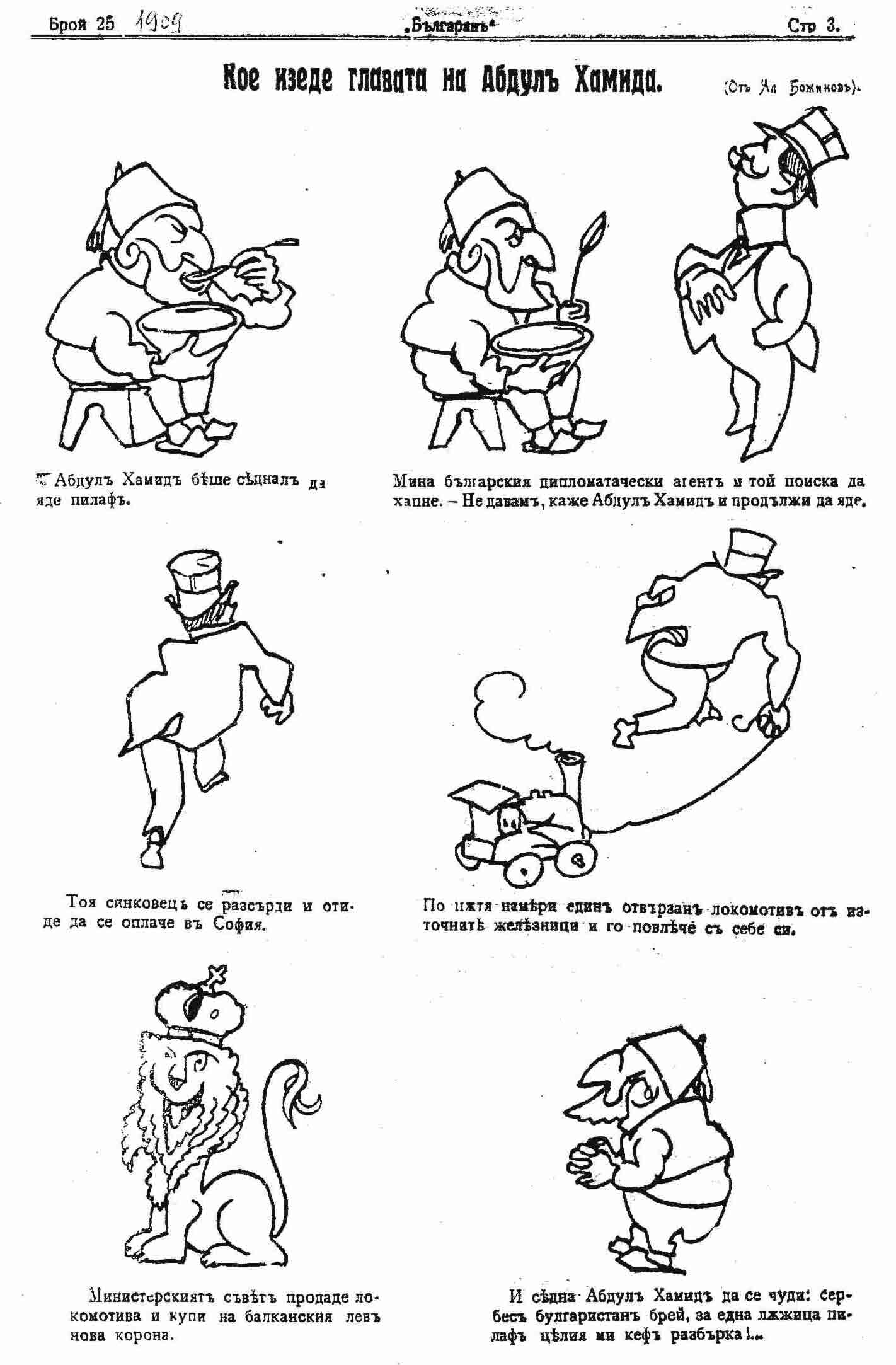Caricature politics or politics in caricature
The Balkans' 20th century was framed by wars: at its beginning there were the two Balkan wars and the World War I while the 1990s Yugoslav wars marked its end. The latter entered our everyday lives very often through media. The media focused on the "age-old hatreds" in the Balkans: the people have always hated each other and whatever tolerance and coexistence there was had been imposed by the communist regime. On the other extreme is the myth
insisting on Yugoslavia and Bosnia-Herzegovina in particular being the ideal example of a harmonious and tolerant multicultural society.
Where does the truth lie? As in the majority of cases, somewhere in the middle: there was coexistence and conflict, tolerance and prejudice, suspicion and friendship at the same time. Where do these opposite opinions come from? Do the so-called "age-old hatreds" really exist? What stereotypes concerning the Other have existed in the Balkans, at the beginning of the 20th century and how, if at all, they have changed by its end? Do we observe more of differences, or do we face similarities, too, when we compare the ways of creating national(ist) myths and the time they have appeared?
In the proposed paper I will present some of my speculations on these and other related questions by presenting some particular cases of imagining self and the others in the Balkans, namely (self)representation in caricature, at the beginning of the 20th century.
Illustrations





